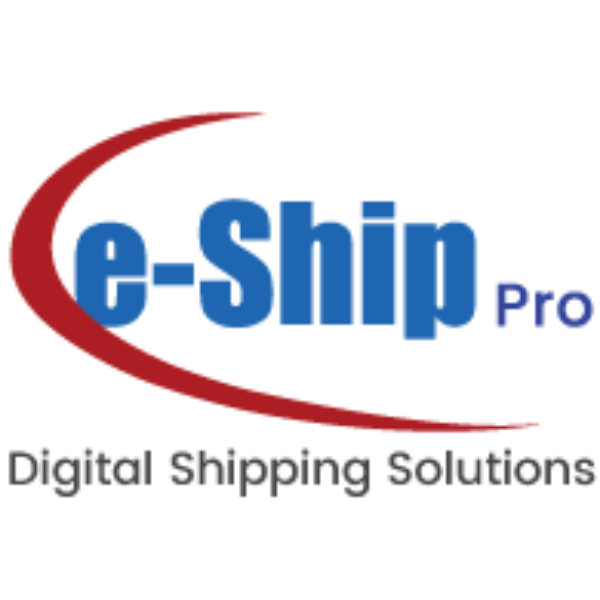FCL Shipping Documentation Explained: A Complete Guide for Shippers
FCL Shipping
FCL Shipping Documentation Explained: A Complete Guide for Shippers
In international logistics, Full Container Load (FCL) Shipping remains a go-to choice for businesses moving large volumes of goods. While FCL Shipping offers benefits like reduced risk of cargo damage, faster transit times, and cost-efficiency for bulk shipments, one critical aspect often overlooked by new shippers is documentation. Proper documentation in FCL Ocean Freight is not only essential for smooth customs clearance-it's a legal requirement and key to avoiding delays, fines, or even seizure of goods.
In this blog post, we'll break down all the key documents involved in FCL Shipping, explain their purpose, and offer practical tips to help you manage
documentation efficiently-whether you're handling exports directly or working with a trusted freight forwarder.
What Is FCL Shipping? A Quick Recap
Full Container Load (FCL) refers t
Key Metrics For Evaluating Ocean Freight Performance
Ocean Freight
Key Metrics For Evaluating Ocean Freight Performance
Ocean freight plays a crucial role in global trade, with a significant percentage of goods transported by sea. As companies increasingly rely on maritime logistics and freight forwarding, understanding how to evaluate ocean freight performance becomes essential. By focusing on key metrics, businesses can optimize their shipping strategies, enhance operational efficiency, and improve customer satisfaction. In this blog, we will explore the most critical metrics for assessing ocean freight performance and how they can impact your supply chain.
1. Transit Time
Definition
Transit time refers to the total time taken for a shipment to travel from the point of origin to the destination port. It includes all stages of the shipping process, such as loading, sailing, unloading, and customs clearance.
Importance
Transit time is a fundamental metric for evaluating ocean frei
 Agriculture & Food
Agriculture & Food
 Business Services
Business Services
 Electronics, IT and Telecoms
Electronics, IT and Telecoms
 Leisure & Tourism
Leisure & Tourism
 Minerals
Minerals
 Textiles, Clothing, Leather,
Textiles, Clothing, Leather,
 Transport & Logistics
Transport & Logistics









